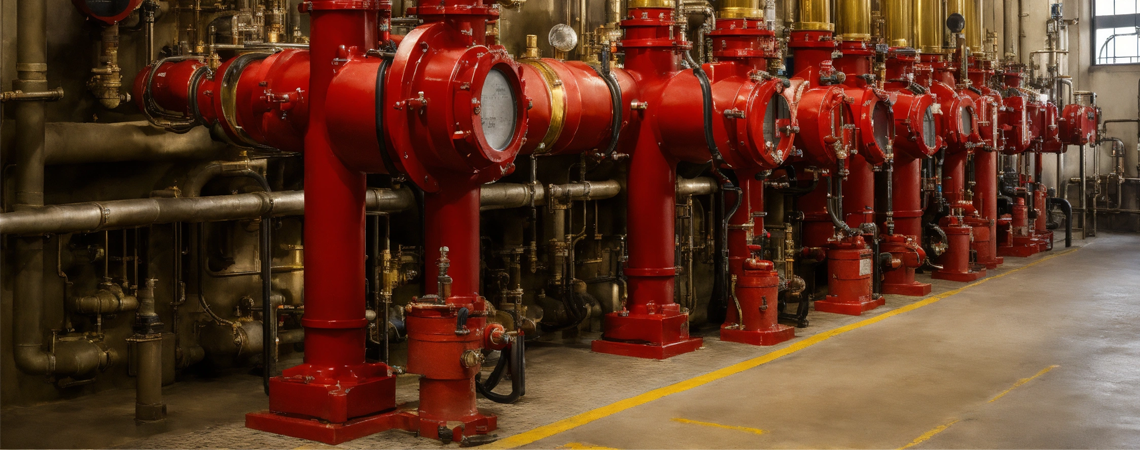How to Bump Test a Gas Detector?
Published on: 2024-08-09 Views: 448

Bump testing a gas detector is a straightforward but critical procedure that ensures your device is functioning properly and can accurately detect hazardous gases.
To perform a bump test, start by preparing the necessary equipment, which includes a calibrated test gas cylinder that contains the target gas or gases relevant to your detector. Ensure that the gas detector is clean and free of any obstructions that could interfere with the test. The test gas should be at the appropriate concentration and flow rate as specified by the detector’s manufacturer to ensure accurate results.
Next, connect the test gas cylinder to the detector’s calibration port, typically using a tubing system designed for this purpose. Activate the gas flow and allow it to enter the detector, making sure the gas is distributed evenly. Observe the detector's response as it is exposed to the test gas. The detector should trigger its alarms or display a change in readings to indicate that it has detected the gas. This reaction confirms that the sensors and alarm systems are functioning correctly. If the detector does not respond as expected, it may need to be serviced or recalibrated.
After completing the bump test, turn off the gas flow and disconnect the cylinder. It is important to document the results of the test for record-keeping and compliance purposes. Review the detector’s performance to ensure it meets safety standards and is ready for use. Regular bump testing is essential for maintaining the reliability of gas detectors, helping to ensure that they provide accurate and timely warnings to protect against hazardous gas exposure.
